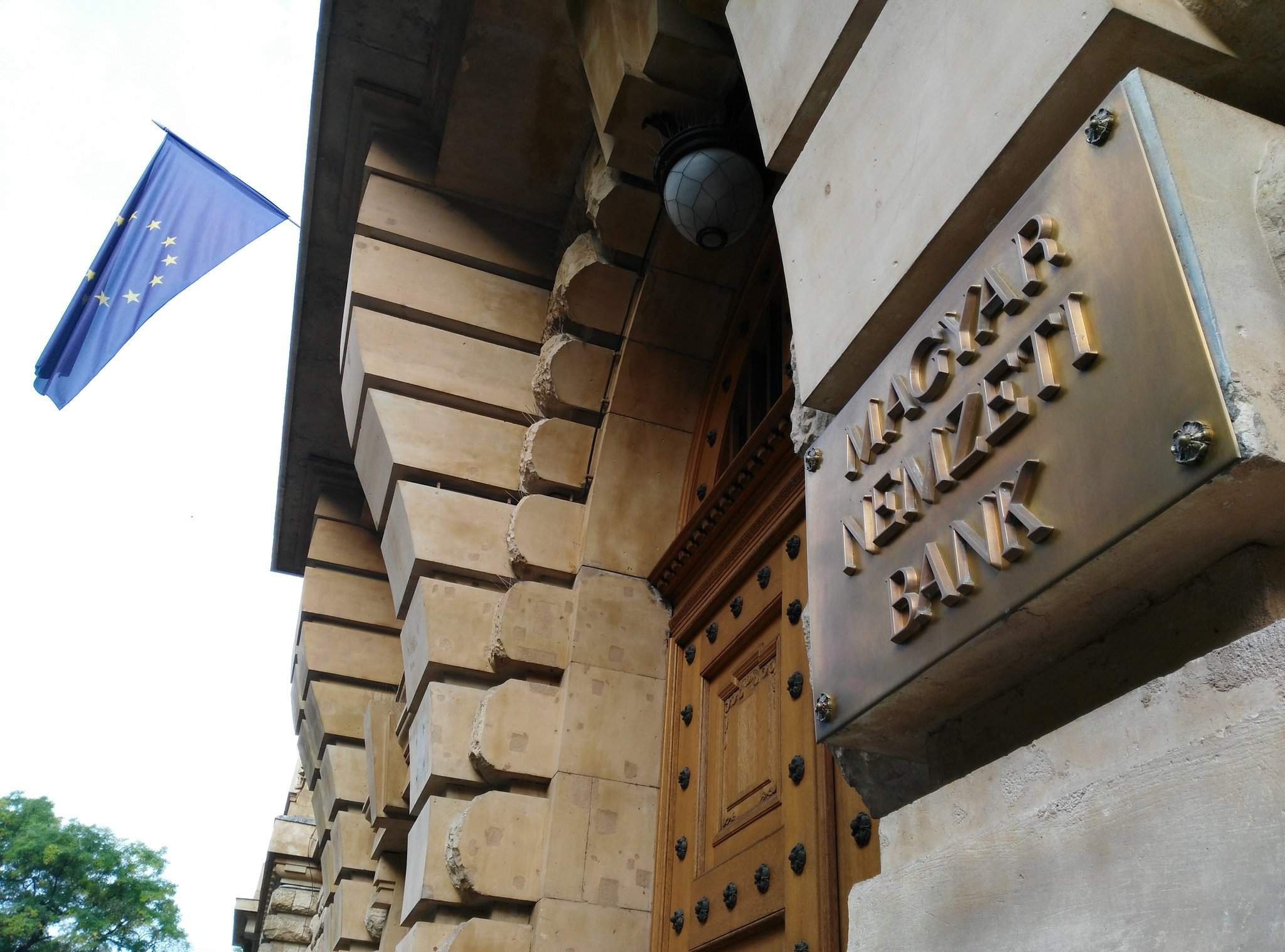Central European nations respond to inflation, set their own tone on monetary policy
By: Gerelyn Terzo of Sharemoney
The European Central Bank (ECB) may be in no hurry to raise interest rates, but some bloc member countries are starting to take matters into their own hands. Policymakers in countries where inflation has begun to rear its head are responding with central European nations out front.
The message from “mission control” is to remain calm, as inflation is just passing through. ECB President Christine Lagarde recently stated that a more aggressive monetary policy would be “premature” and would put the post-COVID-19 economic recovery at risk. ECB board member Isabel Schnabel recently stated that she is not expecting “any excessively high inflation.” Several central banks in the bloc see it differently, however.
The ECB recently revised its consumer price outlook, attaching a medium-term symmetric target for an inflation rate of 2%. It is a target that will not easily be attained, according to J.P. Morgan Asset Management strategists. The ECB’s previous goal was below but near 2%, which left policymakers wanting greater clarity.
In the interim, a handful of central European central banks are tackling inflation head-on amid clear-cut signs of rising interest rates. The region may expect a surplus of inflationary and interest rate-related information in the eurozone by raising rates as prices inch higher.
‘Stubbornly High Inflation’
Capital Economics characterized inflation in the Central European region (including Austria, Croatia, Germany, and others) as “stubbornly high,” a situation that has only been exacerbated by pricing pressures that continue to increase. As a result, economists at the firm are predicting a one-two punch of persistently higher inflation and hawkish monetary policy.
Inflation in Hungary and Poland, in particular, has already surpassed each of these two country’s target rates of 3% and 2.5%, respectively. Meanwhile, central bankers and the governments are, in some cases, finding themselves at odds when it comes to interest rates, inflation, and monetary policy.
Hungary Breaks With Tradition
In June 2021, Hungary took an action they have not made since 2011: The central bank raised the economy’s benchmark rate by 0.9% to 0.6%. However, the rate hike was expected and was made to combat inflation in the euro area. While consumer price increases persist, Hungarians will have to get used to tightening monetary policy in the country as policymakers plan to continue on this path for the foreseeable future.
Hungary’s central bank was a trailblazer for raising rates in a post-pandemic world in the eurozone. Policymakers have tipped their hand and may continue to increase rates on a monthly basis rather than the usual quarterly pace.
Economist Natalia Gurushina of VanEck said on Twitter that rate hikes could come sooner than later after the Consumer Price Index (CPI) for June increased from 5.1% to a higher-than-expected 5.3%, versus estimates of 4.9%. Prices on everything from groceries to accessing public toilets have skyrocketed by double-digit percentages.
Meanwhile, all is not well between central bankers and the administration. Gyorgy Matolcsy, who is at the helm of the Hungarian National Bank, recently urged lawmakers to rein in fiscal measures, with an eye toward slashing the country’s deficit by more than half, to 3% of GDP in 2022, from an anticipated 7.5% in 2021. Matolcsy believes the government’s spending intentions are a “mistake.”
Meanwhile, Prime Minister Viktor Orban is on the other side of the spectrum and has his sights set on lowering taxes for households with kids to prepare for next year’s election. He has not minced words about monetary policy and has called for “cautious and measured” interest rate hikes should they occur.
Poland an Outlier in the Region
Poland was thought to be on the cusp of raising interest rates, though it has yet to pull the trigger. Nonetheless, Poland’s inflation is hovering higher than the central bank’s target range. Headline inflation in the country has been on the rise, having climbed 0.4 percentage points to 4.7% in May vs. April levels. In June, inflation declined modestly to 4.4%. The National Bank of Poland (NBP), the country’s central bank, has attached a medium-term inflation target of 2.5% based on the middle of the range.
At its July meeting, the NBP left the main interest rate alone at 0.1%. Meanwhile, borrowing costs remain at all-time lows as policymakers attempt to get the economy back on track after the pandemic.
Despite rising inflation, NBP Governor Adam Glapinski maintains that inflation in the country won’t last. According to Glapinski cited by the Financial Times, rising inflation is being fueled by regulatory and supply dynamics. On the other hand, Capital Economics sees it differently and forecasts that Poland’s central bank will turn more hawkish next year and begin to raise rates in mid-2022.
Czech Republic Not Wasting Any Time
The Czech Republic is less sanguine about the state of inflation and decided to raise its key interest rate in June. The central bank in the country raised the two-week repo rate from 0.25% to 0.50% and increased the Lombard rate to 1.25% from 1%.
The country’s GDP narrowed less than expected in Q1 2021 even though lockdown measures were still in place due to the pandemic. Pricing pressure also played into the rate decision, and policymakers revealed that they will increase rates further two more times or more before year-end. The central bank is being cautious amid a more robust economic recovery than predicted coupled with too few workers to fill the demand. Policymakers are looking to thwart the spread of inflation, fueled by rising commodity costs and supply chain constraints, to consumers.
Central European Outlook
Central European countries are clearly battling rising consumer prices, which is something that families will have to deal with. Central banks are starting to respond to the conditions with higher interest rates in an attempt to entice savers, fuel cheaper borrowing and thwart a red-hot economy, but it is a precarious situation.
Meanwhile, central banks in the region look to tighten monetary policy, something that could derail those plans is the spread of the highly contagious COVID-19 Delta variant. The Delta variant is already triggering further lockdown measures in southern Europe in countries such as Spain so far. It is up to the governments and civilians to toe the line between bolstering the economy while maintaining proper social distancing guidelines.
Source: guest post
please make a donation here
Hot news
Fidesz-DK grand coalition formed in the EP?
Top Hungary news: Austria closes border with Hungary, domestic violence, New York Café nighttime opening, EUR/HUF low — 27 November, 2024
Hungarian deputy PM: Every Hungarian vote is needed in Romania election
Three Ukrainian men rescued from freezing Tisza River in Hungary while attempting to flee mobilisation
Hungarian banking system declared stable and highly profitable in latest central bank report
Breaking: Forint hits new low against the euro as exchange rate surges past 413




